I am trying to figure out how best to track & trend end to end performance between releases. By end to end I mean, what is the experience form the client visiting this app via a browser. This includes download time, dom rendering, javascript rendering, etc.
Currently I am running load tests using Jmeter, which is great to prove application and database capacity. Unfortunately, Jmeter will never allow me to show a full picture of the user experience. Jmeter is not a browser therefore will never simulate javascript and dom rendering impact. IE: if time to first byte is 100ms, but it takes the browser 10 seconds to download assets and render the dom, we have problems.
I need a tool to help me with this. My initial idea is to leverage Selenium. It could run a set of tests (login, view this, create that) and somehow record timings for each. We would need to run the same scenario multiple times and likely through a set of browsers. This would be done before every release and would allow me to identify changes in the experience to the user.
For example, this is what I would like to generate:
action | v1.5 | v1.6 | v1.7
----------------------------------------
login | 2.3s | 3.1s | 1.2s
create user | 2.9s | 2.7s | 1.5s
The problem with selenium is that 1. I am not sure if it is designed for this and 2. it appears that DOM ready or javascript rendering is realllly hard to detect.
Is this the right path? Does anyone have any pointers? Are there tools out there that I could leverage for this?
